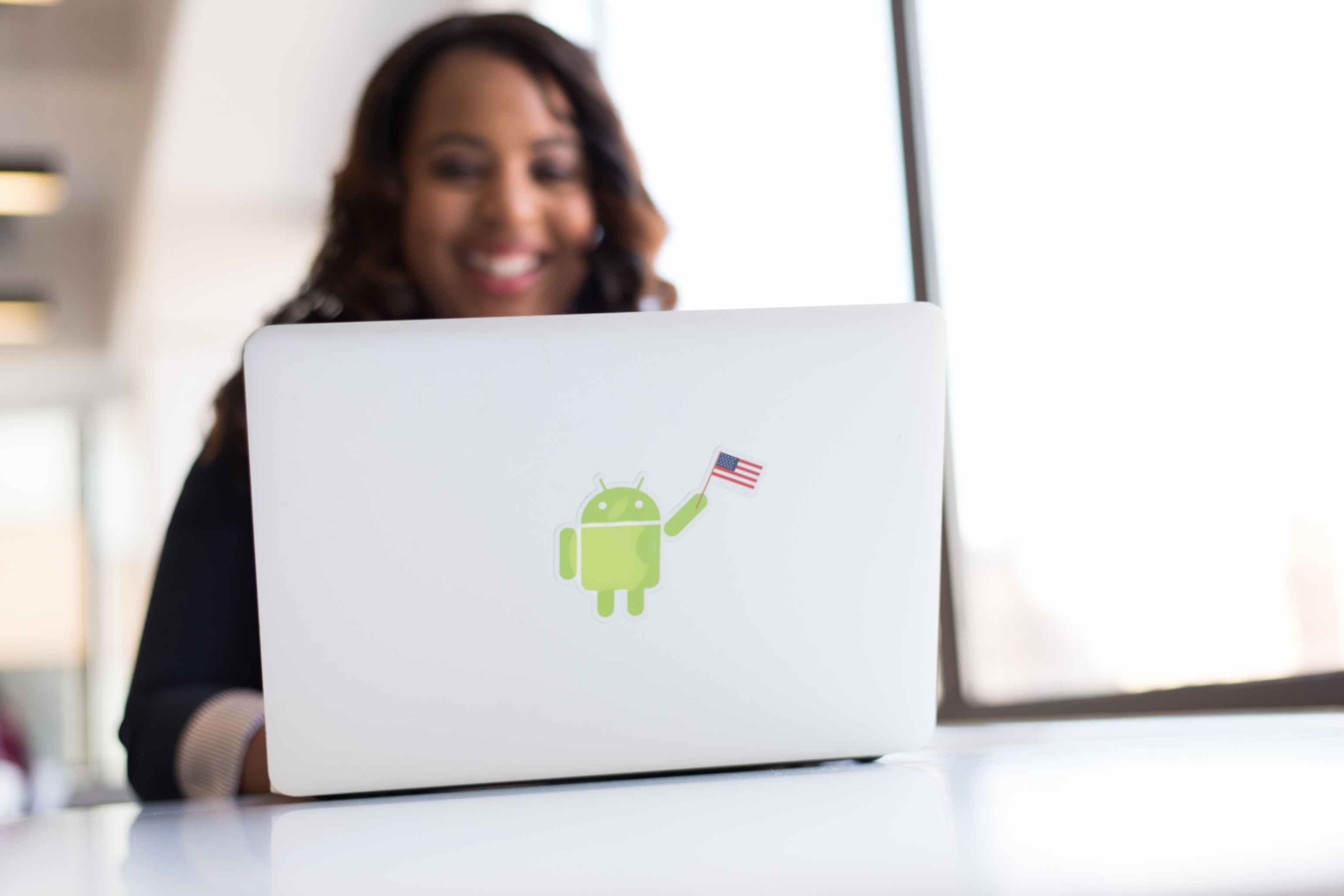What Are the Best Practices for Adding Text to QR Codes?
Jonathan Palley
Aug 11, 2023
QR codes are essential tools for seamlessly connecting Shopify store shoppers to physical and digital spaces.
With its ability to store vast amounts of information, dynamic QR codes became known as an innovative solution to easily link shoppers to websites, provide product details, and even offer exclusive discounts.
However, while the design of QR codes is crucial, the practice of adding text to them is equally vital to ensure their effectiveness.
In this guide, we'll look into the best practices for adding text to QR codes, ensuring that your codes not only catch the eye but also drive engagement and conversions.
1. Keep Text Concise and Informative
Brevity is a virtue when we talk about QR codes.
Users often scan QR codes quickly, so it's essential to convey your message briefly.
Aim for a clear, concise text that immediately communicates the purpose of the QR code.
2. Prioritize Clarity and Readability
Clarity is one of the crucial factors when choosing a font.
With that in mind, opt for a legible font that is easily readable even from a distance.
The font should seamlessly integrate with the QR code's design while remaining easily comprehensible.
3. Choose the Right Text Placement
Strategically placing text within the QR code is key to boosting the scan rate.
Make sure to carefully choose areas that don't obstruct the QR code's scanning area.
The top, header, footer, or sides can be ideal spots depending on the context of your QR code.
4. Maintain Contrast with Background
The contrast between the text and the QR code's background is vital.
Ensure that your chosen text color stands out against the background to enhance visibility and streamline scanning.
5. Include Relevant Information
Make every character count by including information that adds value to users.
Whether it's a discount code, a brief product description, or a call to action, ensure that the text enhances the user experience.
6. A/B Test Different Text Versions
Experimentation is the path to optimization.
Test different versions of your text, such as placements, fonts, and colors.
By observing which version performs best, you can refine your approach to maximize QR code impact.
7. Align with Branding
For consistent brand messaging, align your QR code's text with your branding guidelines.
Use fonts and colors that echo your brand identity, fostering recognition and trust.
8. Incorporate Text with Visual Elements
To create eye-catching QR codes, consider integrating text with logos, images, or other design elements.
A harmonious blend of these elements can make your QR codes more engaging.
9. Optimize for Different Sizes
QR codes appear in various sizes, from tiny labels to large banners.
Ensure that your text remains legible across these different dimensions, ensuring a seamless user experience.
10. Test Scannability
After adding text to your QR code, always perform a scanning test.
Use different devices and scanning apps to ensure that the text enhanced QR code can be read accurately.
While QR code design garners significant attention, adding text is just as important.
By following these best practices, you can create QR codes that not only captivate users with their visual appeal but also effectively convey their intended message.
As QR codes continue to revolutionize the way we interact with products and information, mastering the balance between design and text is the key to unlocking their full potential.
Leveraging tools like the Shopify QR Code Generator Hub app also helps you develop QR codes that stand out, foster engagement, and drive meaningful conversions.
As you venture into the realm of QR code marketing, remember that every character matters – make them count by following these guidelines.
With these best practices in your toolkit, you're poised to create QR codes that seamlessly bridge the gap between the physical and digital worlds, leaving a lasting impression on your audience.



